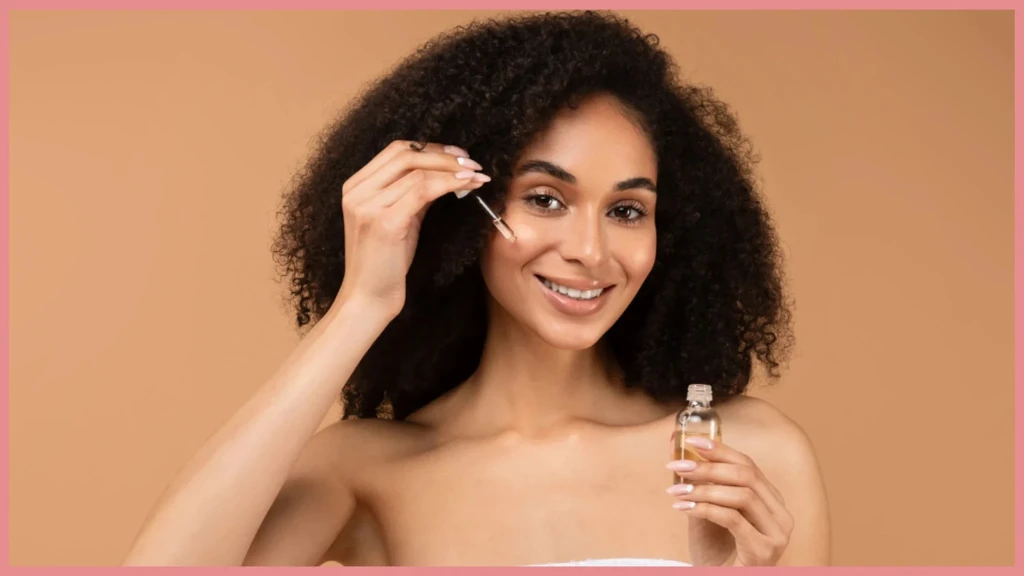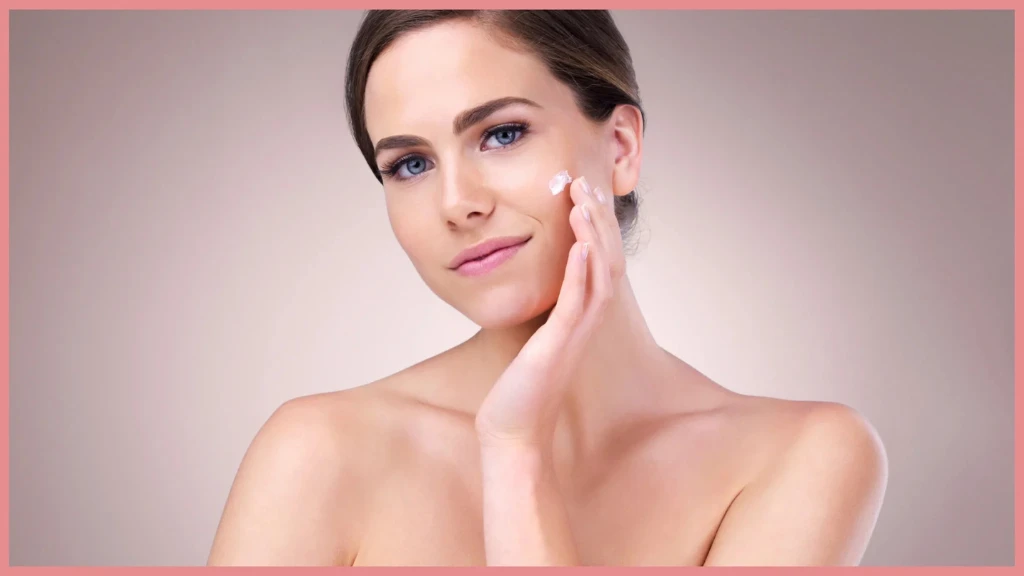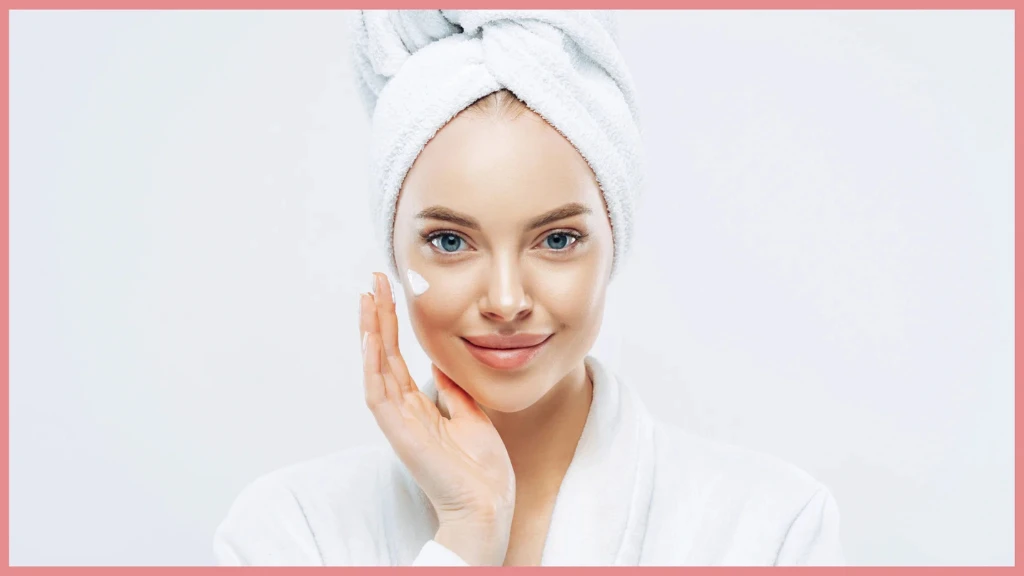Face Masks: Find Your Perfect Match
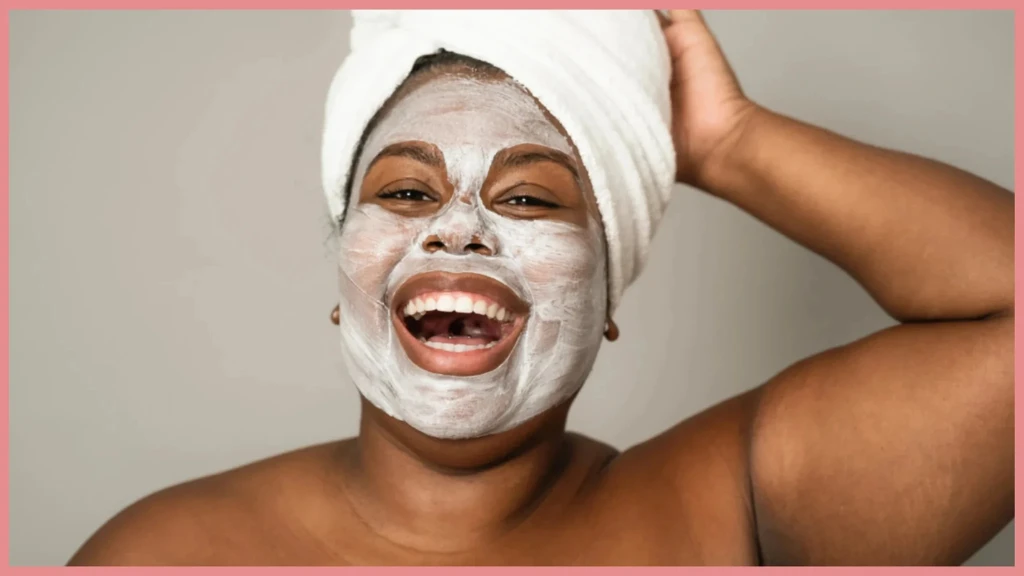
We all love that moment—when you kick back, apply a face mask, and let it work its magic. For me, it’s one of the most relaxing self-care rituals, almost like a mini spa break at home.
But let’s be real: not all face masks are created equal, and the wrong one can leave your skin feeling irritated or out of balance. So, how do you find that perfect match for your skin? Well, I’ve got you covered.
Face masks are a great addition to any skincare routine, providing deep hydration and targeted treatments. To enhance your skincare routine, also check out the benefits of using serums and whether vitamin E oil is good for your face.
I'll explore the wonderful (and sometimes overwhelming) world of face masks and help you figure out which one suits your skin type and concerns.
Doctor Explains 6 Reasons Why You Need a Face Mask in Your Skincare Routine
Understanding Your Skin Type
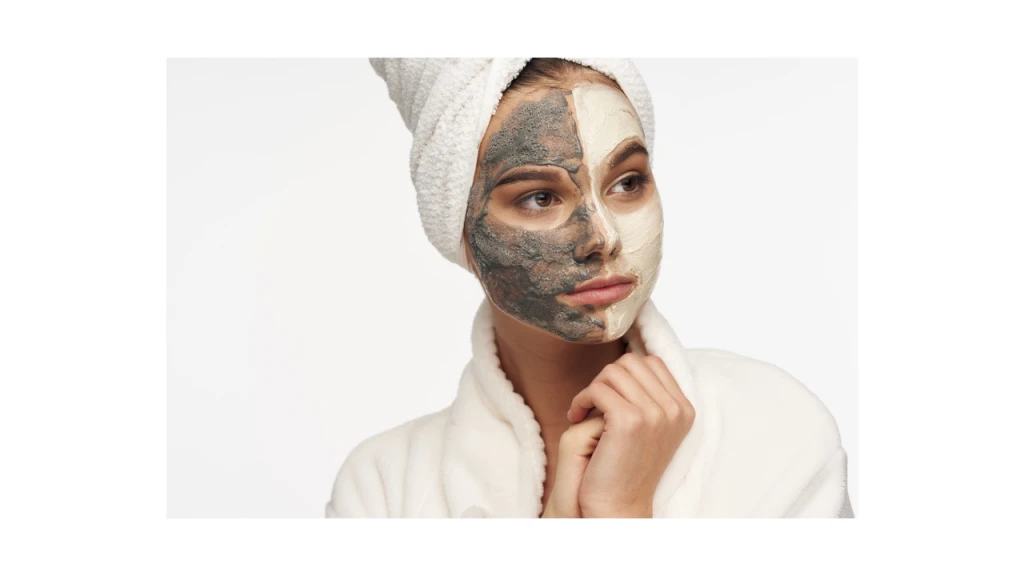
Before you jump into picking masks, let’s chat about skin types. Trust me, understanding your skin is the first step to getting the results you want. Skin changes all the time—think hormones, stress, weather, or even that new moisturizer you just started using.
So, if you’re unsure about your skin type, here’s a quick checklist:
- Oily Skin: You probably notice shine, especially around the T-zone (forehead, nose, and chin). Pores might appear larger, and you’re more prone to breakouts.
- Dry Skin: If your face feels tight or flaky, especially after washing, and you notice rough patches, you’re likely dealing with dry skin.
- Combination Skin: This one’s a mix. Your T-zone is oily, but your cheeks might feel dry or normal.
- Sensitive Skin: Your skin easily reacts to new products, turns red, or feels irritated. It might sting when using strong formulations.
- Normal Skin: Balanced, not too oily, not too dry. If this is you, congrats! But that doesn’t mean you don’t need a good mask now and then.
If you’re still not sure, here’s a quick test: After washing your face, don’t apply anything and wait for about an hour. Check how your skin feels. Shiny? Dry? A mix? That should give you a clearer picture.
Types of Face Masks and Their Benefits
Now that you’ve got a better idea of your skin type, let’s dive into the different types of face masks and what they can do for you. Each has its perks, and picking the right one can make a world of difference.
Clay Masks
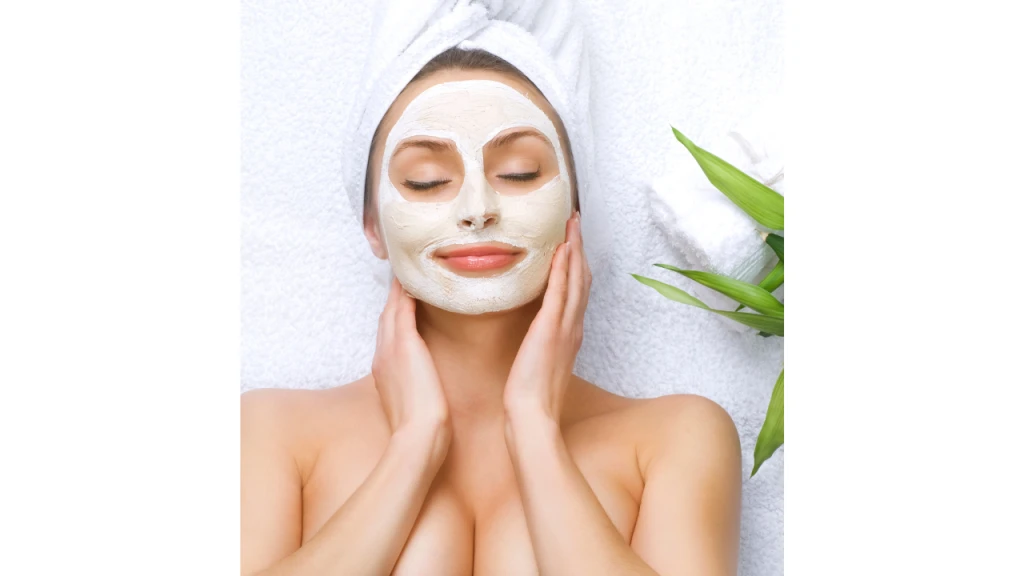
Best for: Oily and acne-prone skin
I swear by clay masks whenever my skin decides to act up with excess oil or breakouts. It’s like giving your pores a deep-cleaning session. These masks work like a magnet, pulling out oil, dirt, and everything else that’s clogging up your skin. The best part? There’s a clay for every skin type—whether you’re into kaolin, bentonite, or something more exotic, you can find one that works for you.
- Kaolin Clay: The gentlest option, great for absorbing oil without drying you out.
- Bentonite Clay: Known for its powerful detoxifying effects. Perfect if your skin is feeling congested.
- French Green Clay: This one’s a bit more intense, ideal for deep detoxing and refining your pores.
- Rhassoul Clay: A bit more hydrating, so it’s perfect if you’ve got sensitive skin that still needs a good clean.
These masks are best applied 1-2 times a week, but don’t let them dry completely on your face. When the clay cracks, it can over-dry your skin, which nobody wants!
Fenty's Cookies and Clean Whipped Clay Detox Mask is a favourite from Amazon.com.
Cream Masks
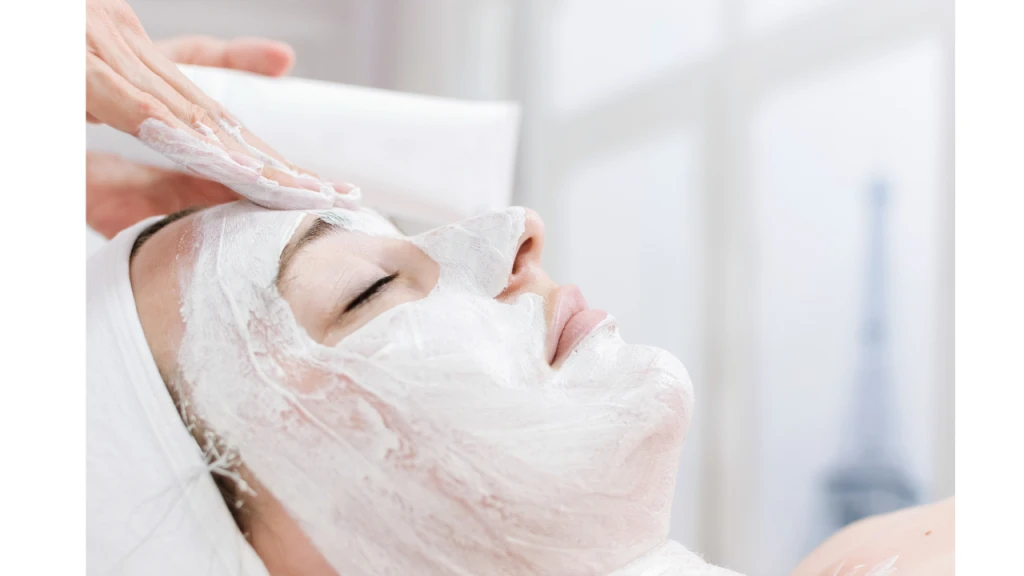
Best for: Dry, mature, or dehydrated skin
When my skin feels dry and thirsty, cream masks are my go-to. They’re loaded with hydrating ingredients that work wonders to lock in moisture and leave my face feeling soft and refreshed.
It’s like giving your skin a tall glass of water—it feels instantly plumper and happier after just one use.
- Key Ingredients: Hyaluronic acid (for that juicy hydration), vitamin C, shea butter, ceramides, and plant oils.
- Benefits: Deep hydration, softening fine lines, and boosting elasticity.
These masks are perfect for winter or whenever your skin feels like it needs some TLC.
Youth To The People's Mini Superberry Mask from Amazon.com is another one of my favourites
Gel Masks
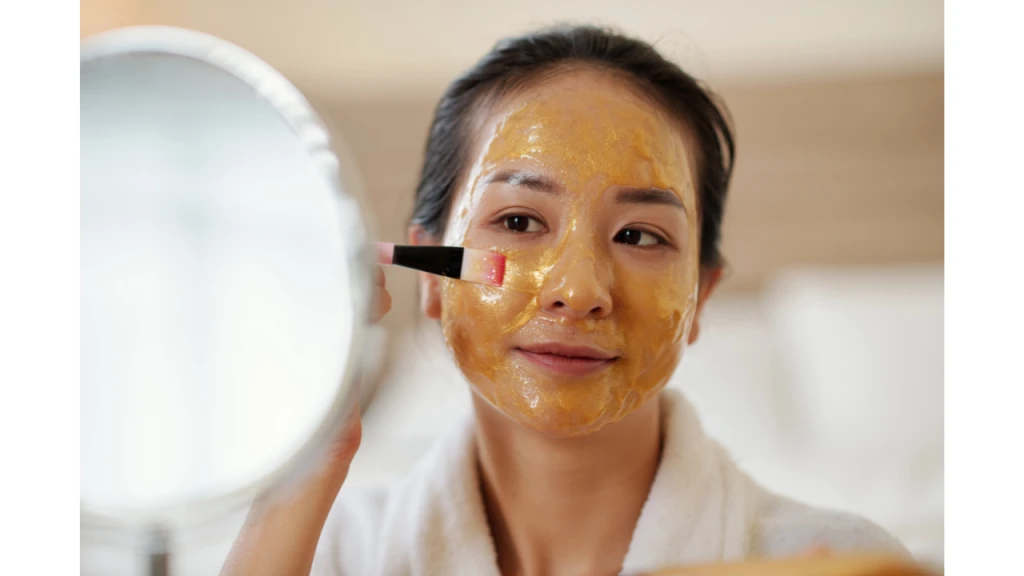
Best for: Sensitive, irritated, or inflamed skin
Whenever my skin’s acting up (think redness or irritation), I reach for a gel mask. They have a cooling, soothing effect that feels amazing—especially if you pop it in the fridge for a bit beforehand.
- Key Ingredients: Aloe vera, cucumber, green tea, and chamomile.
- Benefits: Cooling, reducing redness, and calming inflammation.
These are great post-sun exposure or after a more intense skincare treatment like a chemical peel.
Sheet Masks

Best for: Targeted hydration, brightening, or firming
Sheet masks are all about convenience and a quick fix for specific concerns. They’re soaked in a concentrated serum, so they deliver a burst of ingredients directly to your skin.
- Materials: Cotton, hydrogel, or bio-cellulose (which offers better adherence and absorption).
- Benefits: Hydration, brightening, anti-aging, and more.
Just smooth it on, relax for 15-20 minutes, and let it do its thing. But don’t forget to massage in the leftover serum!
Exfoliating Masks
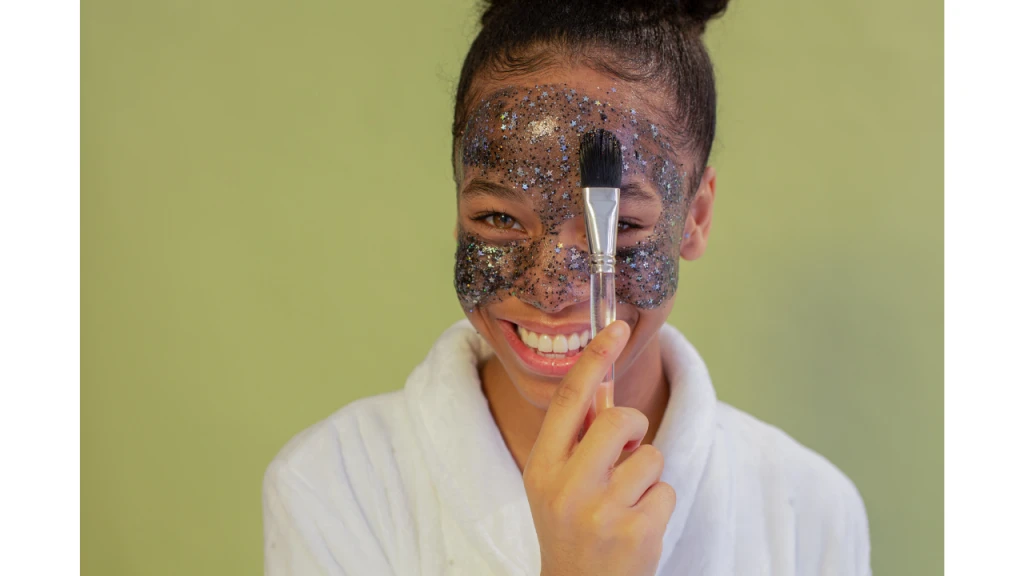
Best for: Dullness, uneven texture, or clogged pores
Exfoliating masks are like hitting the reset button for your skin. They can help slough off dead skin cells, leaving you with a smoother, brighter complexion.
- Types:
But here’s a word of caution—over-exfoliating can damage your skin barrier, so stick to once a week at most.
Versed Doctor's Visit Instant Resurfacing Face Mask from Amazon.com, is an excellent exfoliating mask.
Sleeping Masks
Best for: Overnight hydration and rejuvenation
These are designed to be the last step in your nighttime routine. You sleep, they work. Pretty sweet deal, right?
- Key Ingredients: Hyaluronic acid, ceramides, and antioxidants.
- Benefits: Locks in moisture and helps repair your skin barrier while you snooze.
Peel-Off Masks
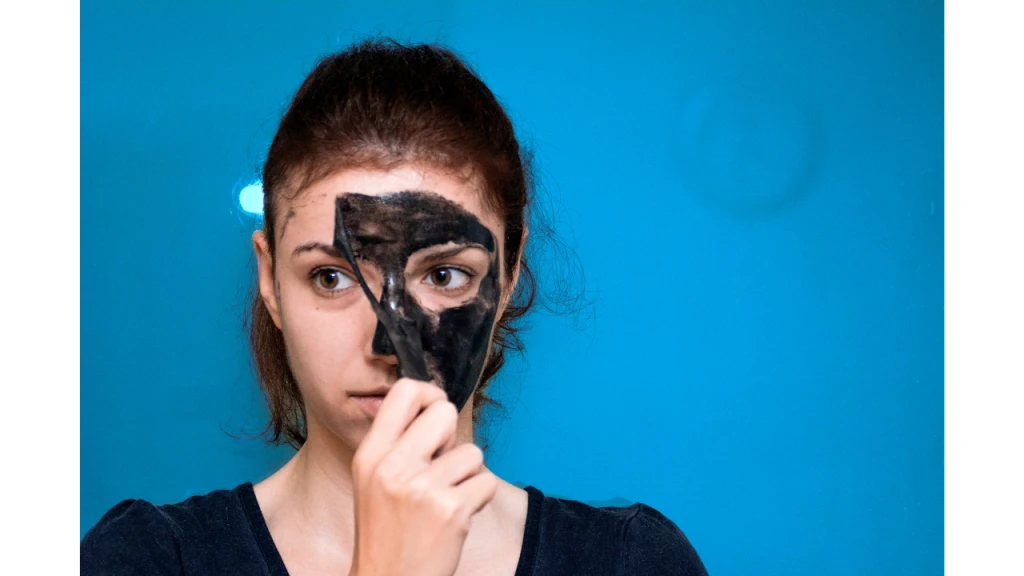
Best for: Removing impurities and refining pores
There’s something so satisfying about peeling these masks off, but they can be a little harsh if your skin’s on the sensitive side.
- Benefits: Removing surface debris, exfoliating, and leaving skin smoother.
- Cautions: Peel gently to avoid irritation, especially around sensitive areas.
Caudalie's Vinoperfect Brightening Glycolic Peel Mask comes highly recommended at Amazon.com.
Hydrogel Masks
Best for: Targeted treatments like under-eye areas or specific blemishes
Whenever my skin needs a serious hydration boost or some extra soothing, I reach for a hydrogel mask. The gel-like texture feels amazing and clings perfectly to my face, making sure all those good ingredients really sink in.
They’re a lifesaver for problem spots—whether it’s dark circles or a stubborn blemish that needs some TLC, hydrogel masks always come through for me.
- Key Ingredients: Similar to sheet masks, they often include ingredients like hyaluronic acid, aloe vera, and peptides. But since they’re in a gel form, they tend to deliver even deeper hydration.
- Benefits:
- Provides intense hydration, especially for delicate areas like around the eyes.
- Soothes and cools, making it perfect for calming irritation or reducing puffiness.
- Helps with better absorption of active ingredients due to its occlusive nature.
Pro tip: Try storing hydrogel masks in the fridge for an extra cooling effect. It’s perfect for those mornings when you wake up with puffy eyes or just want a refreshing boost.
Choosing the Right Mask for Your Skin Concerns
Here’s a quick guide to help you zero in on the best mask type for your specific needs:
| Skin Concern | Best Mask Type |
| Acne | Clay masks with salicylic acid |
| Dryness | Cream or sleeping masks |
| Aging | Sheet masks with peptides and collagen |
| Dullness | Exfoliating masks with AHAs/BHAs |
| Sensitivity | Gel masks with soothing ingredients |
| Hyperpigmentation | Masks with vitamin C or niacinamide |
| Redness | Gel or cream masks with chamomile |
| Uneven Texture | Exfoliating or peel-off masks |
Tips On Applying Face Masks
No matter which mask you pick, here are a few tips to make the most of it:
Using a face mask might seem straightforward, but a few small tweaks in your routine can make a big difference in the results you get.
Let’s break down some easy-to-follow steps to get the most out of your mask.
General Application
- Start with a clean canvas: Always cleanse your face thoroughly before applying a mask. This ensures you’re working on fresh skin and lets the ingredients absorb better.
- Apply an even layer: Use clean fingers or a mask brush to spread the product evenly. Avoid sensitive areas like your eyes and lips unless the mask is designed for those spots.
- Stick to the time limit: Masks are formulated to work within a set timeframe, so follow the instructions on the packaging. Leaving it on longer won’t necessarily enhance the benefits and could irritate your skin.
- Gently remove: Use lukewarm water and soft circular motions to rinse off the mask, or peel it away if it’s a peel-off type. Finish up with a good moisturizer to lock in the benefits.
Type-Specific Application
Each type of mask has its own quirks, so here’s a quick guide to make sure you’re getting it just right:
- Clay Masks: Don’t let these masks dry completely; they work best while still slightly damp. If it starts to crack, it’s pulling too much moisture from your skin.
- Sheet Masks: Smooth out any air bubbles to ensure full contact with your skin. This helps the serum absorb more effectively.
- Peel-Off Masks: For best results, apply a thick, even layer and let it fully set before peeling. Start from the edges to avoid any tugging or discomfort.
- Exfoliating Masks: If you’re using a physical exfoliant, massage it gently in circular motions to avoid microtears. With chemical exfoliants, simply let it sit and do its thing—no need to scrub.
Additional Face Mask Tips
Whether you’re a masking newbie or a seasoned pro, here are some additional tips to level up your skincare game:
- Patch test first: Trying a new mask? Test it on a small area of your skin (like behind your ear) to check for any potential reactions, especially if you’ve got sensitive skin.
- Less is more: Over-masking can lead to irritation. Generally, using a mask 1-3 times a week is enough, depending on your skin type and the mask’s intensity.
- Try multi-masking: If you’ve got combination skin, use different masks on different areas of your face. For instance, a clay mask on your T-zone and a hydrating gel mask on your cheeks.
- Cool it down: Pop your sheet masks in the fridge for a few minutes before use. It feels amazing and helps reduce puffiness.
- Self-care boost: Turn mask time into “me time.” Light a candle, put on your favorite playlist, and relax while the mask does its thing.
- Proper disposal: Most sheet masks and peel-off masks are single-use, so toss them responsibly. Check if your mask packaging is recyclable to be a bit kinder to the planet.
Final Thoughts
Using a face mask can be such a simple yet rewarding ritual in your routine. Whether you’re dealing with breakouts, dryness, or just need a little self-care, there’s a mask out there that’s perfect for you.
So go ahead—pamper yourself! Your skin will thank you for it.

